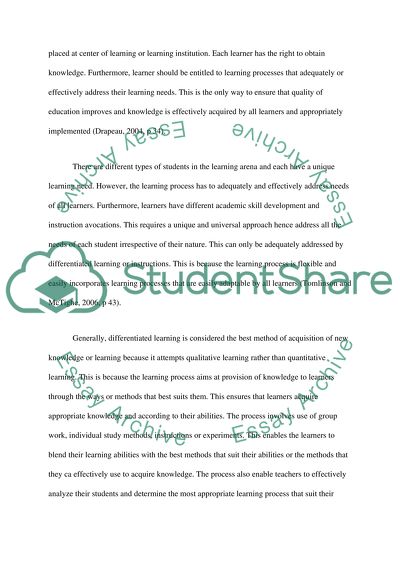Cite this document
(“Differentiated Instruction Research Paper Example | Topics and Well Written Essays - 2500 words”, n.d.)
Retrieved de https://studentshare.org/education/1391991-differentiated-instruction
Retrieved de https://studentshare.org/education/1391991-differentiated-instruction
(Differentiated Instruction Research Paper Example | Topics and Well Written Essays - 2500 Words)
https://studentshare.org/education/1391991-differentiated-instruction.
https://studentshare.org/education/1391991-differentiated-instruction.
“Differentiated Instruction Research Paper Example | Topics and Well Written Essays - 2500 Words”, n.d. https://studentshare.org/education/1391991-differentiated-instruction.


